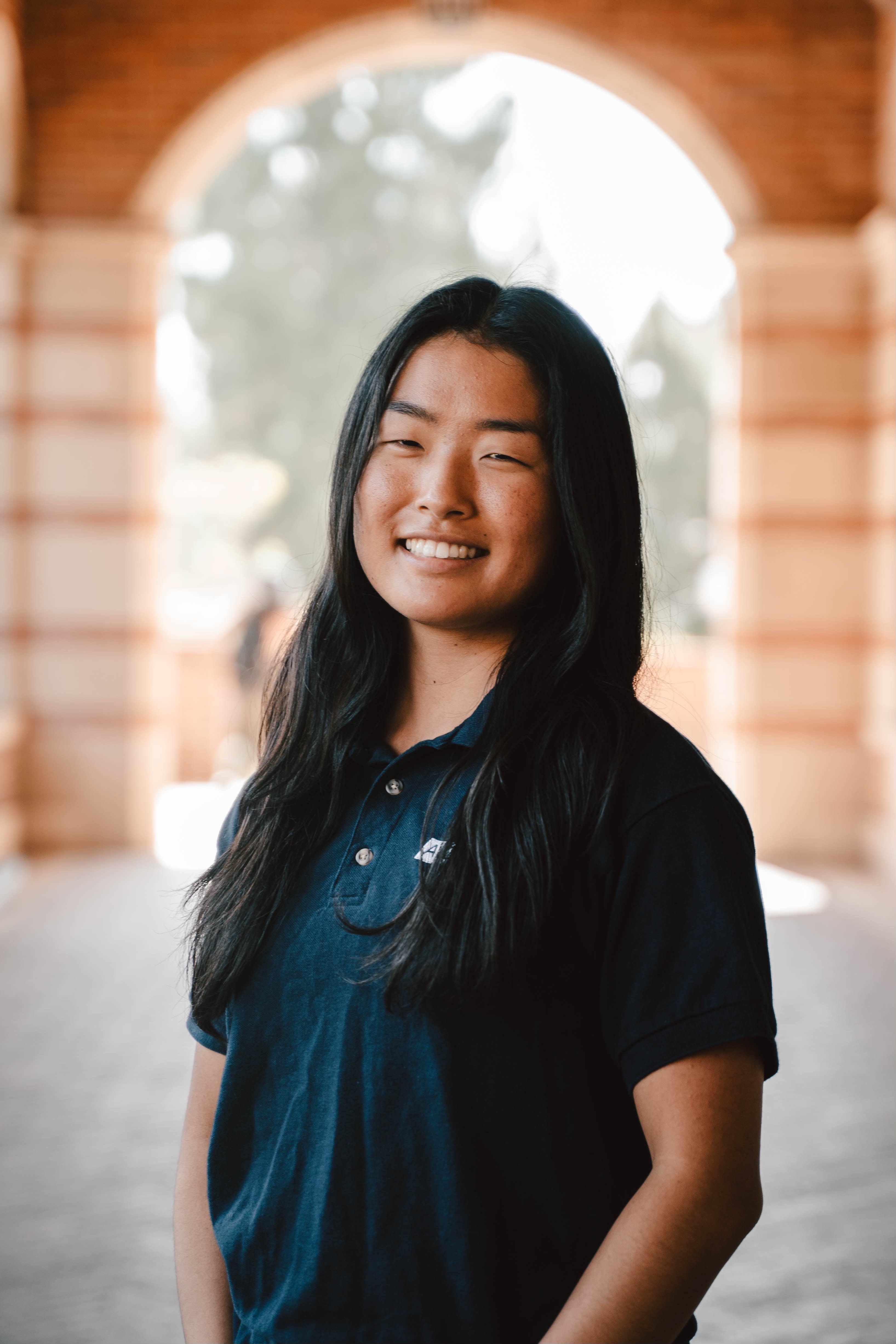Biomaterials
(C-81) Multifaceted self-healing adhesive for the treatment of chronic wounds

Kaimana Lum (she/her/hers)
Student
University of California, Los Angeles
Los Angeles, California, United States
Presenting Author(s)
Chronic wounds are a major problem affecting 5.7 million patients in the US, but current treatments lack sufficient multifunctionality. The ideal treatment should cover the wound, aid in healing, and detach easily to prevent further physical trauma. The Ugi four-component reaction (Ugi-4CR, Fig. 1A), the most known multi-component reaction, is a promising method that can synthesize multifunctional hydrogels to meet these needs. Ugi-4CR does not require a chemical crosslinker, light, catalyst, or post-purification, which reduces toxicity and cost. It utilizes temperature to crosslink and is a one-step reaction, reducing waste and pollutant production. Using Ugi-4CR, a functionalized gelation matrix (UgiGel) can be engineered to produce an adhesive hydrogel with antibacterial and self-healing properties that can detach easily from fragile skin. UgiGel has the potential to address the multifunctionality requirements of wound treatments effectively.
Materials and Methods::
We utilized the Ugi-4CR to produce a multifunctional hydrogel by reacting 4-formylphenylboronic acid (4-FPBA) as an aldehyde, gallic acid (GA) as a carboxylic acid, gelatin as the amine source, along with cyclohexyl isocyanide in a water/ethanol (50:50) solvent and stirring in a closed vial at room temperature for two days (Fig. 1B). The resulting prepolymer cross-linked via dynamic borate ester linkages to create a self-healing hydrogel under mild reaction conditions (∼10 s, pH ∼ 7.4, 40 ˚C) (Fig. 1C). We specifically chose 4-FPBA and GA to confer antibacterial activity, self-healing, and adhesive properties to the gel. 1H NMR and IR confirmed the functionalization of gelatin. Rheology analysis evaluated the gel's mechanical properties and self-healing ability. Additionally, antibacterial tests were conducted with gram-positive and gram-negative bacteria.
Results, Conclusions, and Discussions::
Results & Discussion:
The proper functionalization of gelatin in the formation of functionalized UgiGel was confirmed through 1H NMR, and IR (Fig. 1D). The test also demonstrated self-healing capabilities as the hydrogel networks regrew after breaking during strain alternation (Fig. 1F). SEM analysis showed the porous and homogenous structure of the UgiGel (Fig. 1G). The storage and loss moduli (G′ and G′′) confirmed hydrogel synthesis, while rheology analysis showed low elastic energy storage ability under low and high strain, indicating viscosity reduction under shear stress. The presence of phenolic groups in the hydrogel also led to efficient antibacterial properties against both gram-positive and negative bacteria (Fig. 2).
Conclusions:
Our results demonstrate the versatile capabilities of the fabricated UgiGel. The biomaterial exhibits robust adhesion, elasticity, stretchability, and printability, protects against bacterial infection, and provides a biocompatible scaffold that withstands the duration of typical wound healing. The self-healing properties of the gel make it suitable for any type of wound on the body that requires flexibility or is at risk of being disturbed. One-step nature eliminates the need for additional cross-linking materials and multiple steps, reducing production costs and waste byproducts. The temperature-dependent crosslinking allows for flexible in vitro testing and opens doors for further medical advancements in hydrogel applications.
Discussion:
Our findings prove that the Ugi-4CR method can produce a multifunctional hydrogel with potential wound-healing applications. Therefore, we envision that this novel glue can overcome the limitations of conventional therapies by modulating wound chronicity at the molecular level by enabling, antimicrobial and anti-inflammatory activity. As our developed elastic, adhesive polypeptides are predicted to be nontoxic, biodegradable, and biocompatible, this concept will be useful for creating an ideal bioglue for future clinical use.
Acknowledgements (Optional): : Thank you to UCLA Chemical and Biomolecular Engineering department, Dr. Nasim Annabi, and Dr. Ronak Afshari for their time and their continuous encouragement.
References (Optional): :
